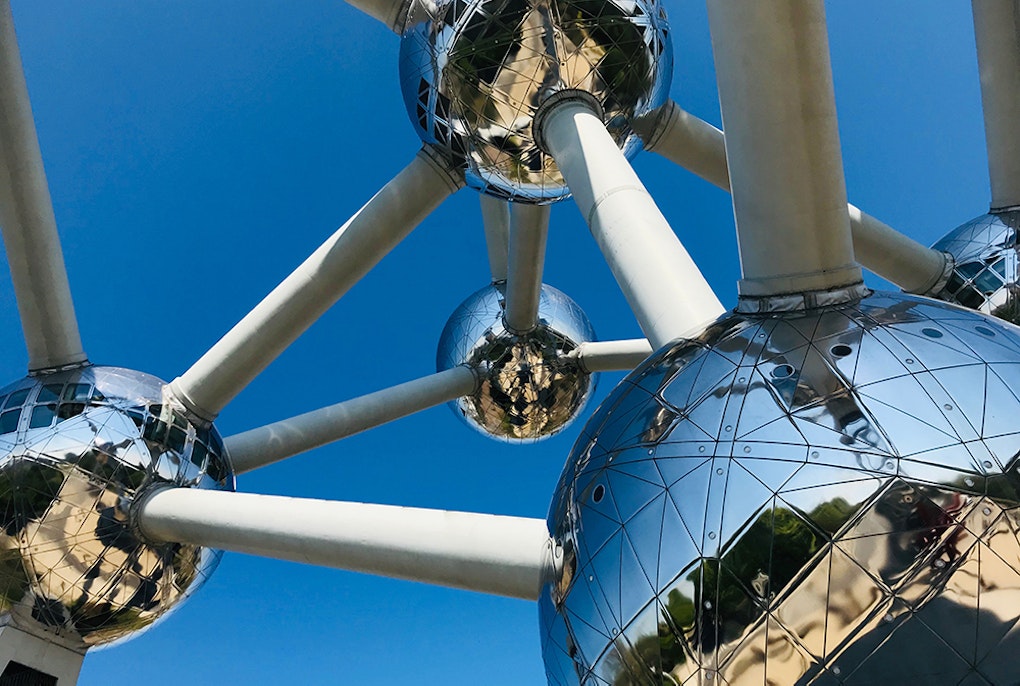
A green European commissioner?
 Régis Dandoy
Régis Dandoy
I like the idea of almost sharing my birthday with one of the longest-living piece of EU environmental legislation. The EU Birds Directive has turned 40 yesterday (just in case you wonder, we are almost sharing the same day, not the same year!). This seems the right occasion to recap briefly what the EU has done since its inception in terms of protecting the diversity of our species and ecosystems. In particular, I would like to focus on four reasons why we need to celebrate EU biodiversity law.
Celebrating is of course an occasion to identify margins for improvement and current limitations. The EU is far from achieving its own objective to halt biodiversity loss by 2020 (EU Biodiversity Strategy). The main reason is that putting a stop to biodiversity loss is a complex issue that has to do with a number of interrelated problems, such as climate change, water pollution and shortages, and of course fishery, agriculture, and territorial development policies that do not fully consider their impacts on the health of ecosystems and species.
While increased funding could partially contribute to strengthen the issue-linkages among different EU policies, additional problems are certainly the lack of more stringent legal standards to limit the impact of economic activities on biodiversity protection, as well as the issue of incomplete, insufficient or deficient implementation of EU biodiversity legislation by Member States. Another issue that needs to be addressed more in the future is the extent to which local communities and the public in general may participate in the designation on the Natura 2000 sites.
More participation would mean for instance that conflicts between different priorities (more biodiversity protection v. more agricultural development) would be addressed at the outset and the implementation of biodiversity policies would be facilitated as a consequence. Enhanced implementation could be reached also by involving more local authorities in the design of protected sites.
Notwithstanding limitations, the idea that environmental protection goes beyond the political constraints posed by State borders is fundamental for achieving results in terms of protecting biodiversity. The EU has been pioneering in promoting this worldview in the European continent. Moreover, the EU governance of the environment (and of biodiversity) is unique because it does not need ad hoc international cooperation to function but is enshrined in the architecture of the EU legal system as a whole. In wishing again a Happy (belated) Birthday to the EU Birds Directive, my hope is that biodiversity protection will increasingly inform all EU policies in the years to come.
 | PhD in International Studies (2017, University of Trento), Federica is Senior Researcher in Environmental Law at the Institute for Comparative Studies, Eurac Research. Her research focuses on the legal governance of the environment, especially concerning biodiversity law and water law. She wants to contribute to the debate about how to divide environmental powers across different governance levels in ways that truly promote the protection of the environment. Federica is also an avid reader of novels, a movie connoisseur and a loving mum. |
This content is licensed under a Creative Commons Attribution 4.0 International license except for third-party materials or where otherwise noted.